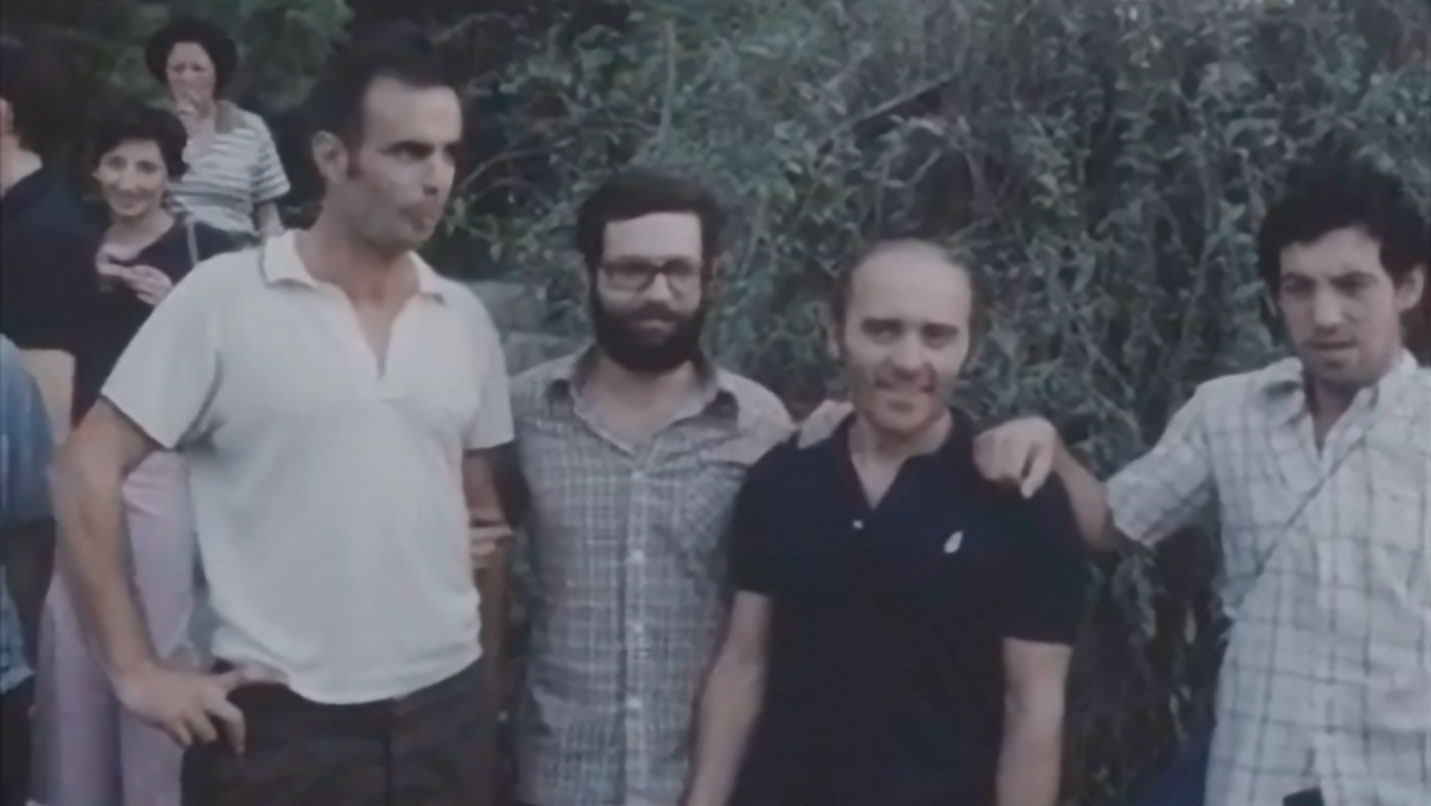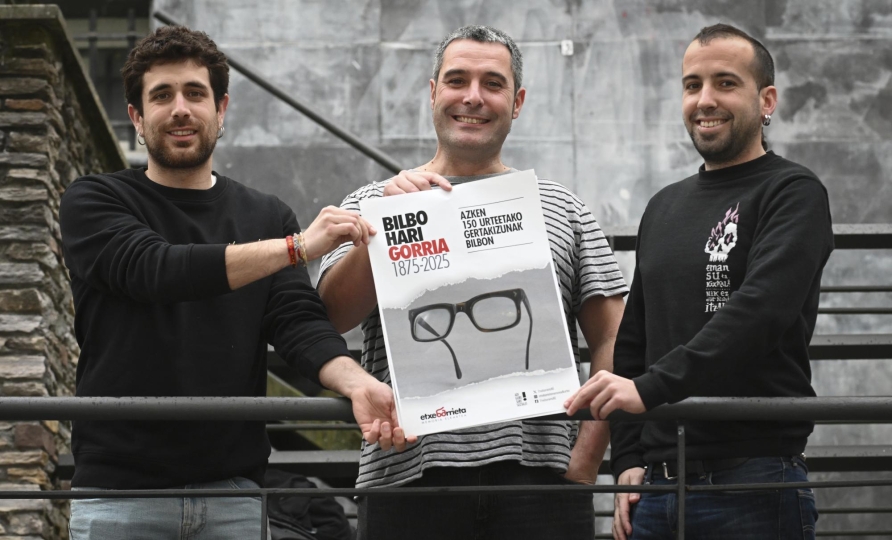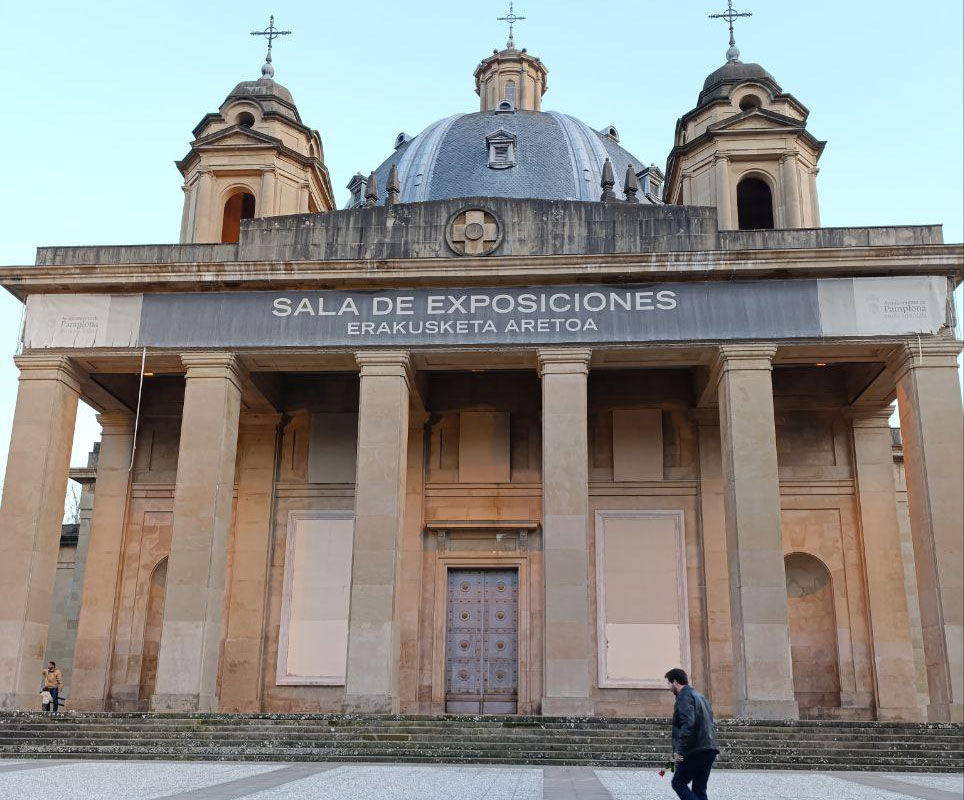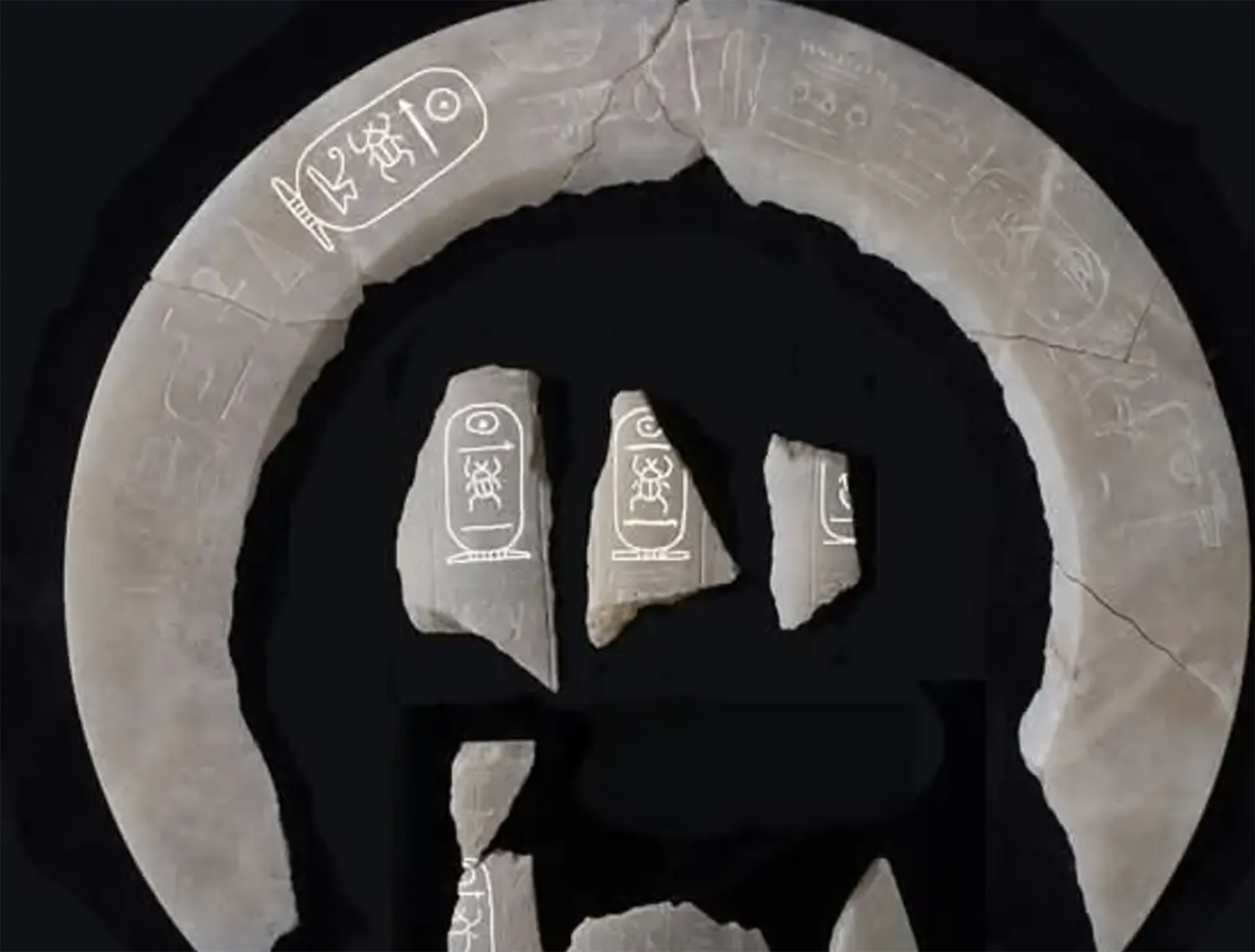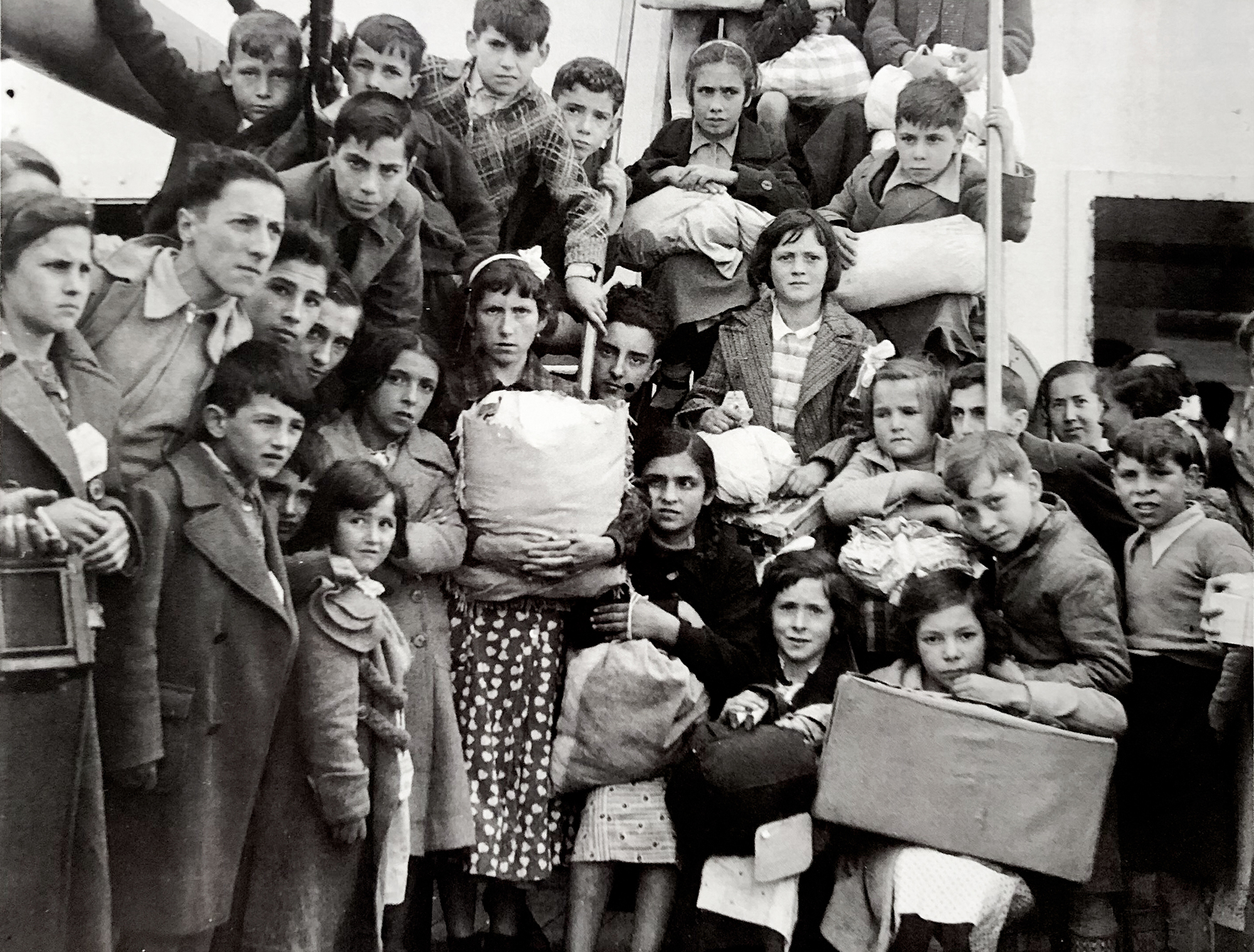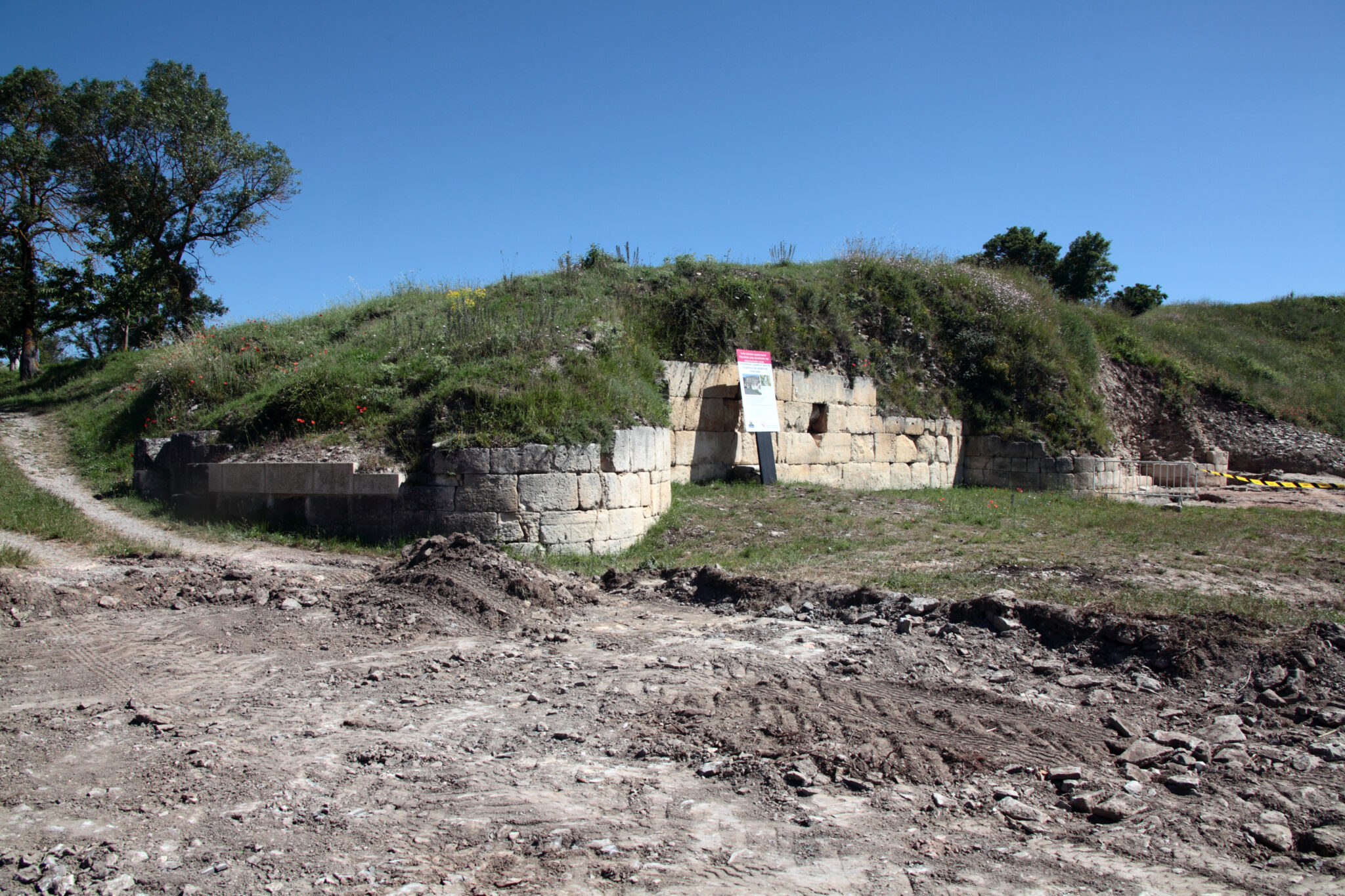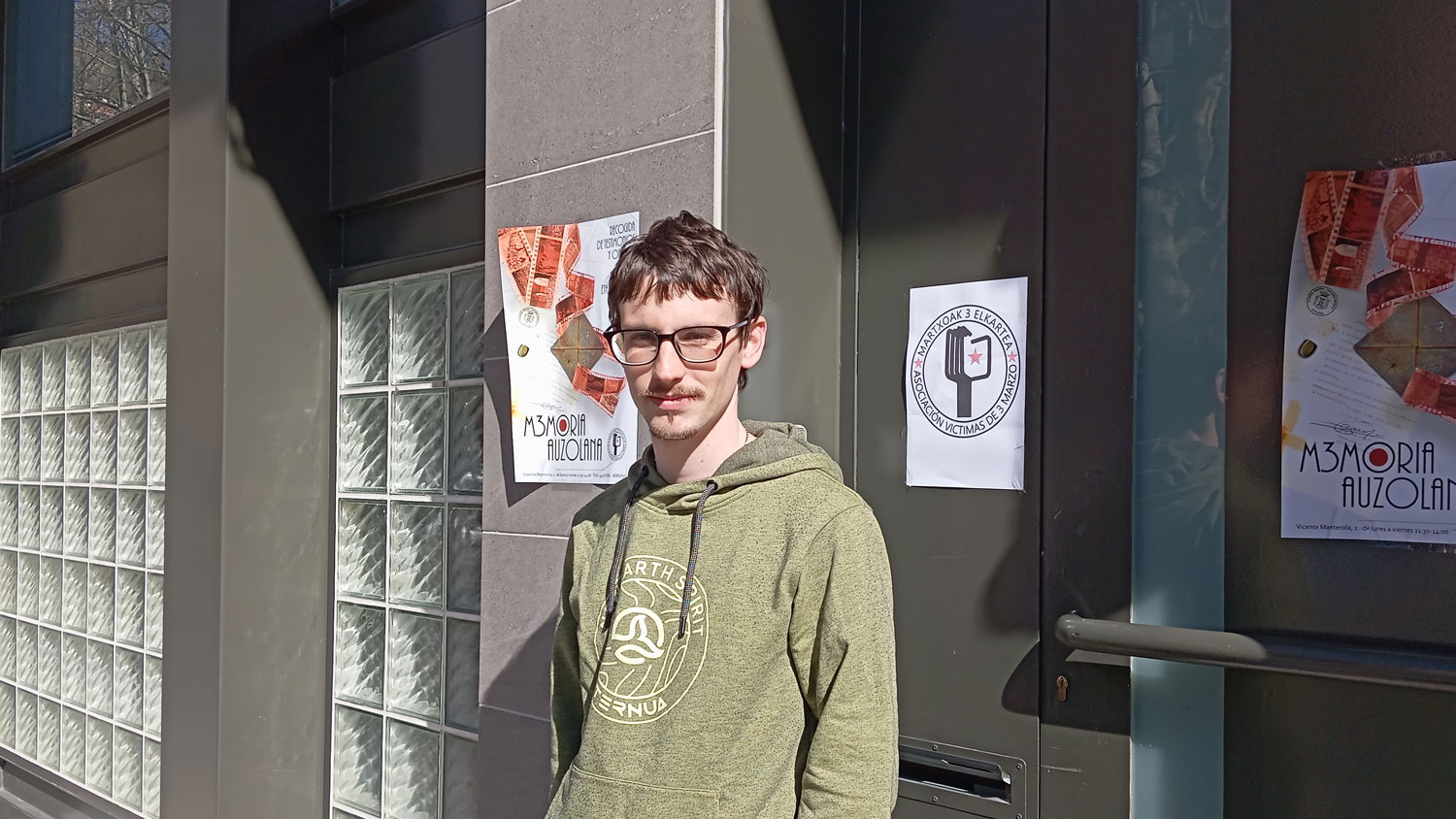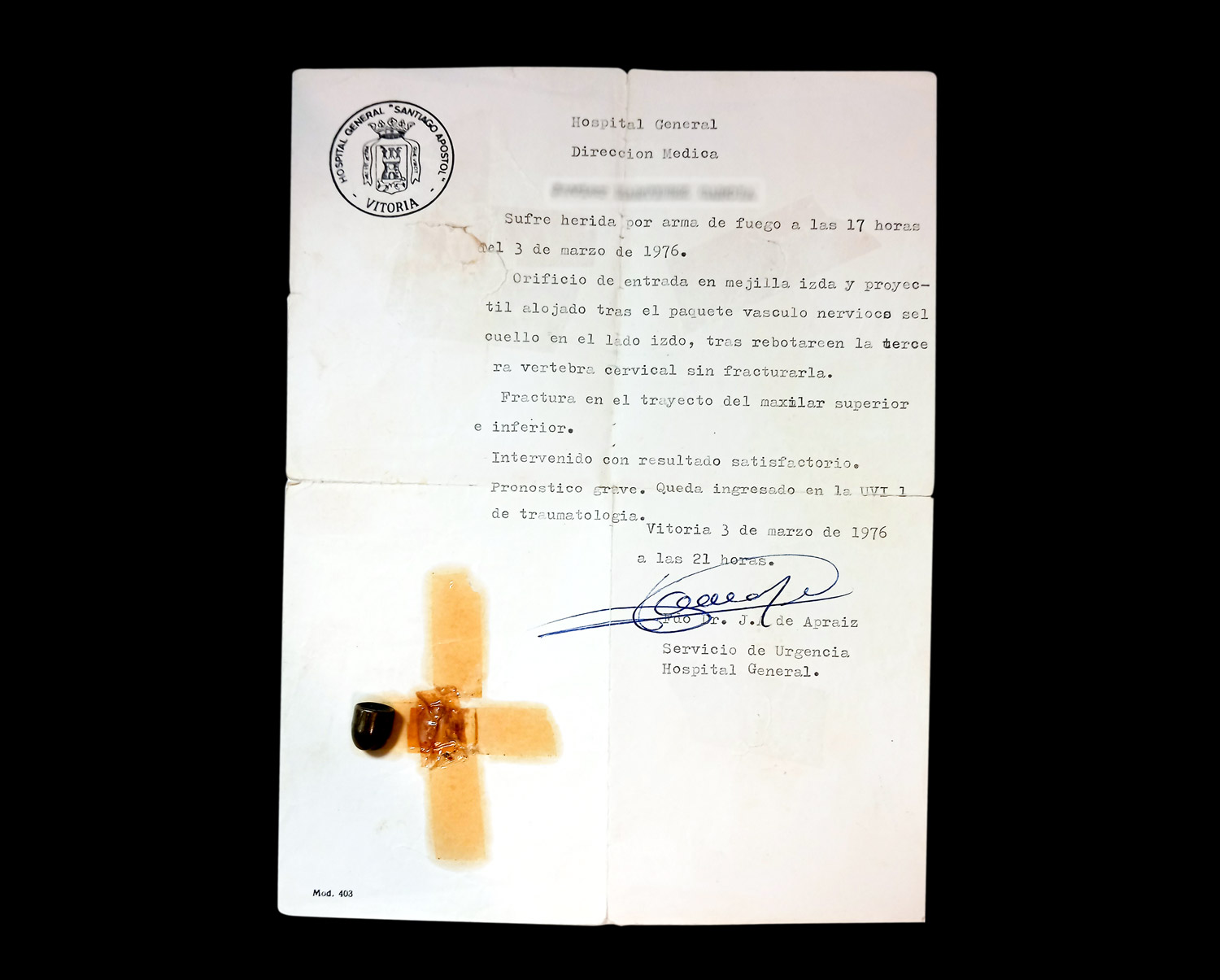The first cartographic atlas of the Basque Country
- By Ramón Oleaga and Jose Mari Esparza, the Imago Vasconiae collection contains 300 maps that can be accessed on the Internet. The authors have created an indispensable tool to illustrate the evolution of the history of the Basque Country and "have original material for research".

Every country has its own cartographic atlas, and now also Basque Country. Imago Vasconiae was introduced on Thursday at Laboral Kutxa’s headquarters in Bilbao. Basque Country: work atlas of historical cartography.
What was presented in Bilbao is not just any book, nor a "common work": "A scientific and cultural infrastructure"
Written by the writer José Mari Esparza and the researcher Ramón Oleaga, and edited with the help of the editorial Txalaparta and thanks to the funding of Laboral Kutxa, the atlas collects 300 maps of the history of Euskal Herria, which in addition to representing the territory "represents us", the authors explain.
Because what is presented in Bilbao is not any book, nor "a current work", as explained in his presentation by the professor of the UPV/EHU Joseba Agirreazkuenaga, author of the prologue: "A scientific and cultural infrastructure", said the historian. Thus, the authors have made available original material for research through their experience in the mapping environment and their "critical knowledge".

Imago Vasconiae is the result of many years and hours of work, a result of the passion of both authors for cartography. They have analyzed library catalogues, museum collections and other publications, and have made a detailed selection between 800 plans and the corpus of the map. Thus, each map provides its explanation, authorship, date and historical context in four languages: Basque, Spanish, French and English.
"A work that encompasses the Basque Country as a whole was missing"
Esparza and Oleaga are proud that the first cartographic atlas of a town is not presented every day. For Oleaga it was something "necessary": "In the field of historical cartography, provisional catalogs have been published in our country, as explained by the researcher, but one piece that encompasses the Basque Country as a whole was missing". Esparza, meanwhile, explains that the atlas will help "understand the evolution of Vasconia in the Histo".
Maps of all kinds appear on the atlas, from the so-called "Map of the Goat", made in stone 13.660 years ago and the oldest in Western Europe, where it was found in 1993, to the present day. Among them are the geological maps, the world map in which the word "Wasconia" appears, the map of the peoples of Europe and the maps on the understanding of the Basque Country, as the one published by ARGIA in 2017 in the framework of the "Egia Model".

The Atlas has been edited on paper, with a bag of 440 pages and an edition of 1,000 copies, each at 250 euros. However, those who want to check the maps can do so via the web www.imagovasconiae.eus.
Hiru bideo dira (albiste barruan ikusgai). Batak jasotzen du, grebak antolatzea leporatuta, Carabanchelen espetxeratu zituzten Jesús Fernandez Naves, Imanol Olabarria eta Juanjo San Sebastián langileak espetxetik atera ziren unea, 1976ko abuztuan. Beste biak Martxoak... [+]
Otsailean bost urte bete dira Iruña-Veleiako epaiketatik, baina oraindik hainbat pasarte ezezagunak dira.
11 urteko gurutze-bidea. Arabako Foru Aldundiak (AFA) kereila jarri zuenetik epaiketa burutzera 11 urte luze pasa ziren. Luzatzen den justizia ez dela justizia, dio... [+]
Bilbo Hari Gorria dinamikarekin ekarriko ditu gurera azken 150 urteetako Bilboko efemerideak Etxebarrieta Memoria Elkarteak. Iker Egiraun kideak xehetasunak eskaini dizkigu.
33/2013 Foru Legeari Xedapen gehigarri bat gehitu zaio datozen aldaketak gauzatu ahal izateko, eta horren bidez ahalbidetzen da “erregimen frankistaren garaipenaren gorespenezkoak gertatzen diren zati sinbolikoak erretiratzea eta kupularen barnealdeko margolanak... [+]
79. urtean, Vesubio sumendiaren erupzioak errautsez eta arrokaz estali zituen Ponpeia eta Herkulano hiriak eta hango biztanleak. Aurkikuntza arkeologiko ugari egin dira hondakinetan; tartean, 2018an, gorpuzki batzuk aztertu zituzten berriro, eta ikusi zuten gizon baten garuna... [+]
Luxorren, Erregeen Haranetik gertu, hilobi garrantzitsu baten sarrera eta pasabide nagusia aurkitu zituzten 2022an. Orain, alabastrozko objektu batean Tutmosis II.aren kartutxoa topatu dute (irudian). Horrek esan nahi du hilobi hori XVIII. dinastiako faraoiarena... [+]
AEB, 1900eko azaroaren 6a. William McKinley (1843-1901) bigarrenez aukeratu zuten AEBetako presidente. Berriki, Donald Trump ere bigarrenez presidente aukeratu ondoren, McKinleyrekiko miresmen garbia agertu du.
Horregatik, AEBetako mendirik altuenari ofizialki berriro... [+]
Andeetako Altiplanoan, qocha deituriko aintzirak sortzen hasi dira inken antzinako teknikak erabilita, aldaketa klimatikoari eta sikateei aurre egiteko. Ura “erein eta uztatzea” esaten diote: ura lurrean infiltratzen da eta horrek bizia ekartzen dio inguruari. Peruko... [+]
1936ko Gerran milaka haurrek Euskal Herria utzi behar izan zuten faxisten bonbetatik ihes egiteko. Frantzia, Katalunia, Belgika, Erresuma Batua, Sobietar Batasuna eta Amerikako herrialdeetara joandako horien historia jasotzeko zeregin erraldoiari ekin dio Intxorta 1937... [+]
49 urte eta gero Espainiako Poliziak Gasteizko Maria Sortzez Garbiaren katedralean eraildako bost langileak oroitu dituzte beste behin astelehen arratsaldean. Milaka pertsona batu dira Zaramagatik abiatutako eta katedralean amaitutako manifestazioan. Manifestari guztiek ez dute... [+]
Martxoaren 30erako Iruña-Veleia martxan, SOS Iruña-Veleia eta Euskeraren jatorria elkarteek manifestaziora deitu dute, Aski da! Argitu, ez suntsitu lelopean. Azken bi urteetan "hondeatzaileak sistematikoki eremu arkeologiko oso aberatsak suntsitzeko modu... [+]
Martxoak 3ko sarraskiaren 49. urteurrena beteko da astelehenean. Grebetan eta asanblada irekietan oinarritutako hilabetetako borroka gero eta eraginkorragoa zenez, odoletan itotzea erabaki zuten garaiko botereek, Trantsizioaren hastapenetan. Martxoak 3 elkartea orduan... [+]
1976ko martxoaren 3an, Gasteizen, Poliziak ehunka tiro egin zituen asanbladan bildutako jendetzaren aurka, zabalduz eta erradikalizatuz zihoan greba mugimendua odoletan ito nahian. Bost langile hil zituzten, baina “egun hartan hildakoak gehiago ez izatea ia miraria... [+]








